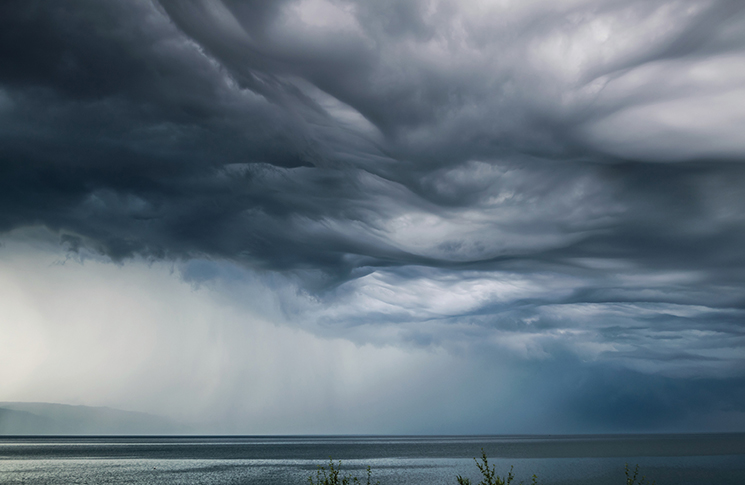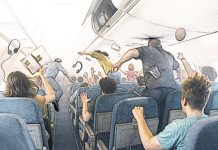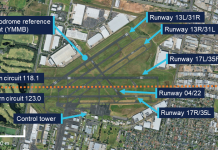Weather affects short flights and long ones equally, as this pilot found out.
I hadn’t ever been so glad to feel the earth beneath my wheels as I did when my aircraft touched the runway after this flight.
I had boldly set off in marginal weather, because it appeared to be improving, but BOM radar on an EFB can be up to 10 minutes old and, when the weather has a 40-knot tailwind in the direction of your flight, things could an and did change, by the time I was where I wanted to be, 35 minutes later.
I’d heard the ‘special weather’ forecast 10 minutes ago, but I couldn’t land due to low cloud and rain. I decided to return to my point of departure, which at one point necessitated flying up to 8 nm out to sea. The white-capped waves 3,000 feet below, through scattered stratus, were not scenic and the weather over the coast would not allow me to get anywhere closer.
It was at that point that I called Brisbane Centre and gave an alert as I continued north-east around the incoming cloud bank which towered up to 10,000 feet to the north-west. ATC advised there were storm cells approaching my destination. A more accurate report was confirmed locally by an RPT aircraft on the area frequency which served as a communication line.
I tried to get into a coastal strip but had to turn around and head back out to sea, with ATC keeping a thorough watch on my flight, issuing forward weather updates, inquiring of my experience in IFR and giving encouragement, but options appeared to be closing for my destination. ATC advised I would have to fly through lightning if I continued north to Rockhampton and that my best option was to land on a beach.
Flying further out to sea with diminishing endurance in the strong headwind was not sane.
It sounded radical. However, the envelope was closing fast and I had to make a decision. I hadn’t yet compromised VFR but flying further out to sea with diminishing endurance in the strong headwind was not sane and I would soon be in VMC.
ATC asked if I was abeam a certain island and advised that it would be best to land as soon as possible. I decided to commit to the radical option. It seemed the only one available. I descended to 700 feet through the scattered stratus preceding the main cloud bank about 5 nm to the west, which was no longer white and fluffy, but black and blue.
I had just begun a precautionary search and landing for the ocean beach which looked feasible, when I recognised a familiar landmark from where I had taken off earlier. I had ruled it out as weather-bound, but it was about 3 nm inland, through rain mist, and I thought I could make it before the wall of water that was coming from the west, converged. I wouldn’t have had that opportunity if I hadn’t chosen to commit for a radical, off-field landing.
After aborting my third attempt to land somewhere during this flight, I advised ATC of my intention and asked if the airfield landing lights could be switched on. The day light was getting dark and, as the crosswind drove the rain, my wheels touched the runway into wind. The ARO helped me tiedown in the downpour, with thunder and lightning.
When I called ATC to thank them, one of the relieved team said, ‘We were surprised you were out there’.
One of my first instructors told me never to fly on minimums. ‘It’s not bad weather, but marginal weather that kills you,’ the instructor said. Pilots don’t fly in bad weather. I also thought that years of experience could compensate, but nothing can overrule sticking to a bad decision.
Lessons learnt:
I’ve made a new checklist as a result of this experience. I now check the weather before ALL flights, even those of 25 minutes duration. If going further than 50 nm, I lodge a flight plan and, most importantly, I give myself time. This allows me to preflight the aircraft to my satisfaction and make any last-minute precautions, which may include abandoning the flight. I shouldn’t have been out there.
Have you had a close call?
8 in 10 pilots say they learn best from other pilots and your narrow escape can be a valuable lesson.
We invite you to share your experience to help us improve aviation safety, whatever your role.
Find out more and share your close call here.





